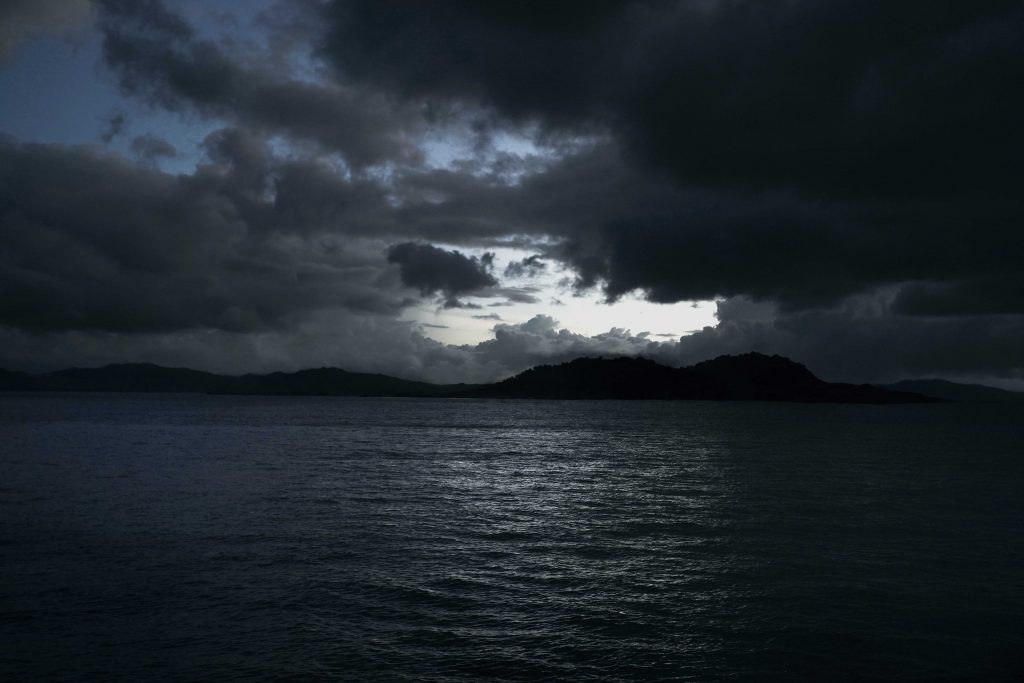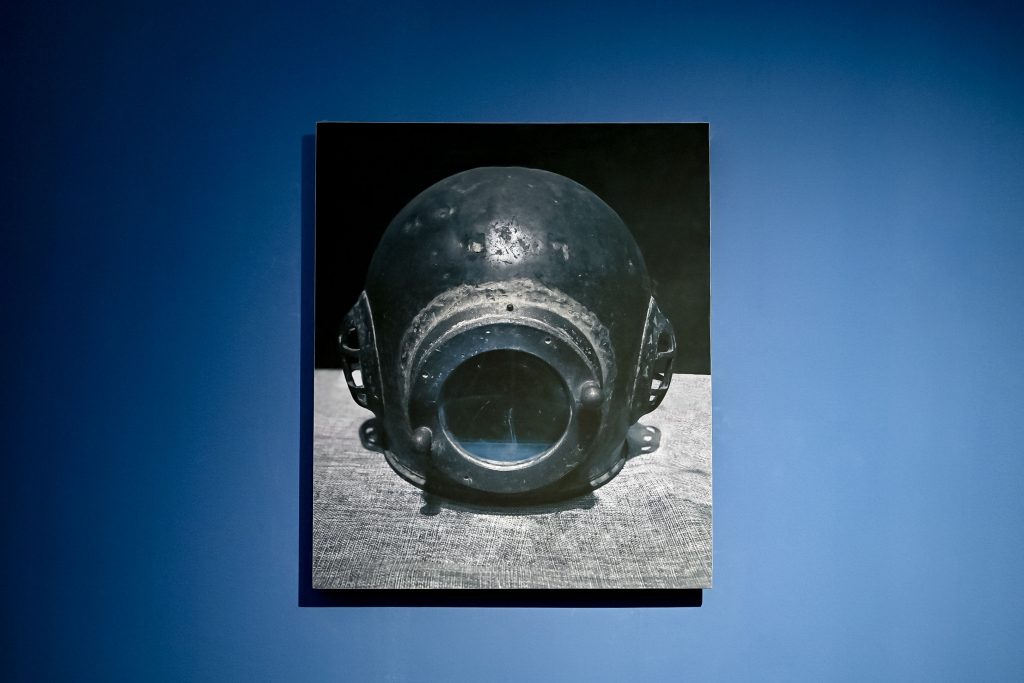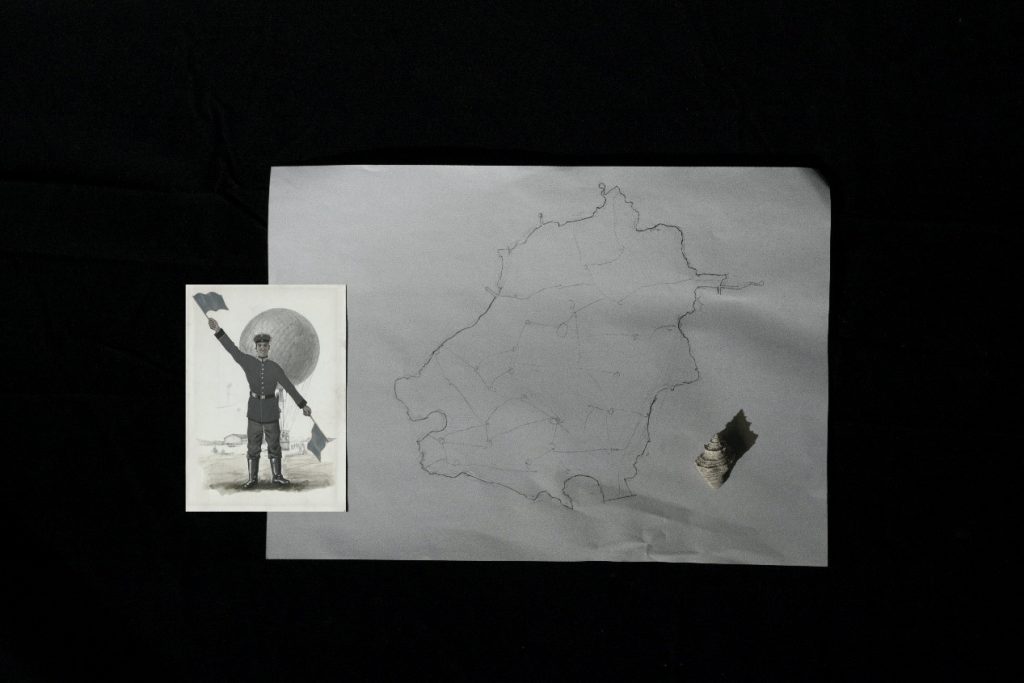The sun rises, the Great Northern telegraph Station
sinks into the sea (on-going)
This project is part of the Reverberation series Beichen Zhang initiated in 2018, which probes the collision of geographic realities and historic forces within several archipelagoes around the globe –– the mutation and reconciliation of different localities under the technological boom and the metamorphosis of economic and geopolitical relations. The ports of the archipelagoes are specimens that ground Zhang’s research, forming an entangled web of evidence that demystifies issues of economy, migration and oceanic history. The eventual archives coalesce a visual narration of archipelago historicity and contemporarity.
In the late 19th century, the Great Northern Telegraph Company established a telegraph station on Kulangsu in southeast coast of China. This communication facility drags the dormant island into the European colonial network guided through the telegraph cables.
The project surveys the entanglement of communication infrastructures, tele-governance technics and regional histories as a means to probe the colonial traces of communication technology and its process translation and encryption when localized. The series is centered around the telegraph company’s strategies of manipulation and minimalization through “the photographic” to enact a colonial rhetoric of telegraph history and rethinks the alternative strategies in which local telegraph operators, workers deployed in appropriating the telegraph technologies.
2022-2023
Hidden in Plain sight
Through a series of interplay between communication technologies, forests and islands, the project traces the historical connotations and geophysical reverberance embedded in Kulangsu, an island on the Southeast coastline of China. The project probes the traces of communication technology, its gradual transformation and encryption when localized, delineating a chain of temporal evidence that reflects the historical imagination and contemporary conditions of the island.
In chapter one, the underneath communication tools reconnect the “explorer” and “traveler”. The lit ray follows the footsteps of the “explorer” wandering in ruins, kneading the island’s past, where it was a destination for “international settlement” in the 20th century, a time when nighttime lighting was considered an “advanced” import to the island.
The chapter two is composed of the installation works and the photos, spotlighting the Great Northern Telegraphy Company, one of the historical sites on the island. Through archaeological interrogations of archives, texts and images, slow-scan TV and transmission technologies, the chapter unveils the passive emergence of Kulangsu into the Eurasian telegraph network, querying the alternating forces of communication infrastructures in relation to local history.
In the final chapter, the underneath communication infrastructures, local history forming an entangled web of evidence that demystifies the deep sea. The Chapters highlights the use of semaphores, a standard marine communication technology. The conjunction of photo-based and installation works seeks to recompose the mundane and historical encounters of North American voyagers as speculative specimens that bare the invisible correlation between marine communication and archipelago narrative spaces.
2022 Jimei X Arles international Photo Festival Artist Residency Program supports the project. The newest chapter is still in progress.
2024-now
Suspension, Connection
Since the Great Northern telegraph Station telegraph Station connected Kulangsu with Europe, photography has adapted methods of photographic manipulation. However,the GN’s photographic strategies eventually spread into a symptom of image fetish and continues to haunt later stories regarding telegraph technology in the region.
In this chapter, the project delves into the phantom temporality constructed by the Great Northern Telegraph Company, taking a voyage from the cable ship “Tordenskjold”, and eventually arriving at an intersection where the empire’s center/periphery contestations come into a continual push and pull with the construction and diruption of the telegraph cable technology. In this light, the chapter surveys the multiple prisms of power that fold together telegraph ships, tele-enterprises, and their representations.
2024-now
Silence and Sinkage
Starting from the world telegraph map drawn by British cartographer Edward Weller in 1901, the essay film focuses on the decolonization efforts of telegraph operators and telegraph workers around Kulangsu to appropriate the technology. From the battle for interpretation of Chinese telegraphic symbol, and telegraph capital system to the transcontinental network of the Telegraph Expo. The film rediscovers the revolutionary ideals, scientific pursuits, and adventure legends hidden in these practices, and the struggles for translation.
太阳升起,大北电报站沉入海底
此项目为长期摄影项目“回响”的一个部分。
自2018年起,张北辰开始进行了他系列创作“回响”,该项目关注了全球数个海岛区域的物理,地理现实与历史之间的所面临的新关系。描述了不同国家的“海岛”——这些特殊的地理区位如何在新的科技,金融与地缘变化中展现出新的模式并与历史纠葛达成和解。张将不同地区的海岛与港口,作为自己研究与创作的样本,把自己创作的数个相关项目组成了一个具象的集证系统。在横向创作中,调查诸多与海岛经济相关的物,人群移动的系统议题;在纵向图像研究中,挖掘每个项目背后的海岛或者海洋历史并引申为现实系统的视觉投射。
19世纪晚期,丹麦大北电报公司(the Great Northern Telegraph Company)于中国东南沿海的鼓浪屿之上建立了一座电报站,这座自海洋铺设而来的通信设施将沉寂的岛屿掷于横跨亚欧大陆的电报系统之中。基于此,本项目特别关注外来通讯设施及其知识构建与本土历史的纠葛,探寻通信技术的殖民痕迹在本地化时逐渐转变和加密进程,挖掘电报公司的“图像生产策略”如何在历史不同时期延续,亦重思本土电报员在电报殖民与电报本土化过程中的做出的替代性实践。
2022-2023
隐藏在榕树与皮箱中,无法显影
项目聚焦在中国东南海岸线的鼓浪屿,搜寻了“光线”“电报”“旗语”等一系列通信手段与丛林、土地及鼓浪屿海岛所构建的物理连接与历史联系;探查了这些信息媒介经由探险者传入,在岛民和外来者的共同编排下进行交换和重组的过程,进一步梳理了其介质在不同时空中传送与接收的线索,从信息传播路径的层面映射岛屿的历史想象与当下图景。
在第一章节中,艺术家以岛屿上的历史遗址——丹麦大北电报站(The Great Northern telegraph Company)旧址为入口,通过档案、历史文本展开了鼓浪屿大北电报站的历史图像的回溯和想象;基于电报图传技术以及慢扫描信号( slow scan TV)的发射、传输技术的媒介考古,挖掘了鼓浪屿被动卷入横跨亚欧大陆的电报网络这一事件,观察了深埋于地下通讯基础设施建设对于海岛的历史永久转变的现象。
在第二个章节中,地下通讯设施重联了地上来者与过客,光信号跟随“探险者”在丛林与历史遗址中游荡,回溯了这座岛屿曾经在20世纪初期作为“国际社区”的过往。彼时,夜间照明系统被视为一种“先进”的发明引入海岛,它们不仅传递出安全的信号,也完成了对岛屿丛林和海岸线的祛魅。
在第三个章节中,地下通讯设施与历史纠葛并以庞杂的触角盘踞与再造着海下的面貌。博物馆中的藏品图像以及金属探测器探测遗址的声音采样,呈现了漫长海底电缆铺设,以及向海面下挖掘的隐秘历史。在此之上的“旗语”这一海上通讯方式的编码,挖掘了北美旅行者的远洋航行日记、天气以及抵达鼓浪屿陆地的历史见闻,以呈现海上信息传递和海岛历史空间的隐秘联系。
本项目是2022年集美阿尔勒国际摄影节在地行动的驻地创作。
2024-至今
悬置于木架与货柜上,几度通联
自大北电报站于鼓浪屿与远方连接时,图像适应了其在鼓浪屿的形塑之需。然而,这种对于图像的操纵最终蔓延为“公司”的一种症候,在漫长岁月中反复。项目试图由大北电报公司所构建的时间长河遁入,从电缆船“托登舍尔德号”(Tordenskjold)处启程,站在电报通讯技术所承载的连接与中断二元叙事,帝国与非中心区域二元结构的交汇处,重思电报船及其公司图像的多元影响,质询公司叙事下的种种历史之证。
2024-至今
沉默,沉没于海底
由英国制图师爱德华维勒(Edward Weller)于1901年所绘的世界电报图纸出发,本章节以散文电影的形式关注鼓浪屿周边电报员,电报工人所做出的非殖民化努力,从电报符号的符号释义之争,电报资本体系再至电报世博会建构的跨洲际网络,这些实践隐藏着革命理想、科学追求和冒险传奇,他们为电报的永动之躯的幻想而沸腾,燃烧至今。
2022-2023
Hidden in Plain sight
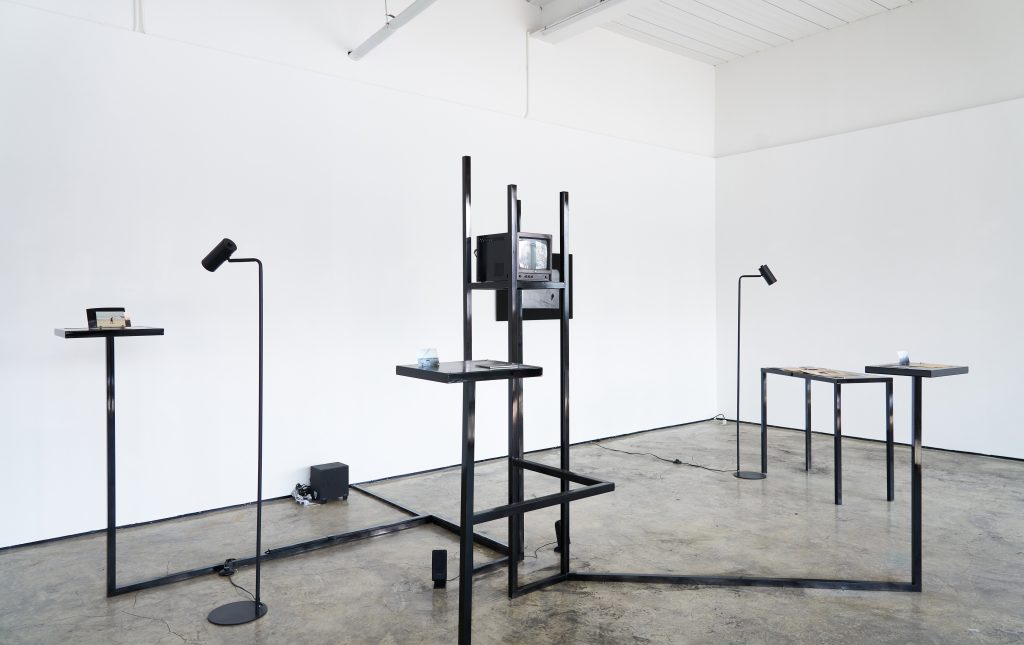
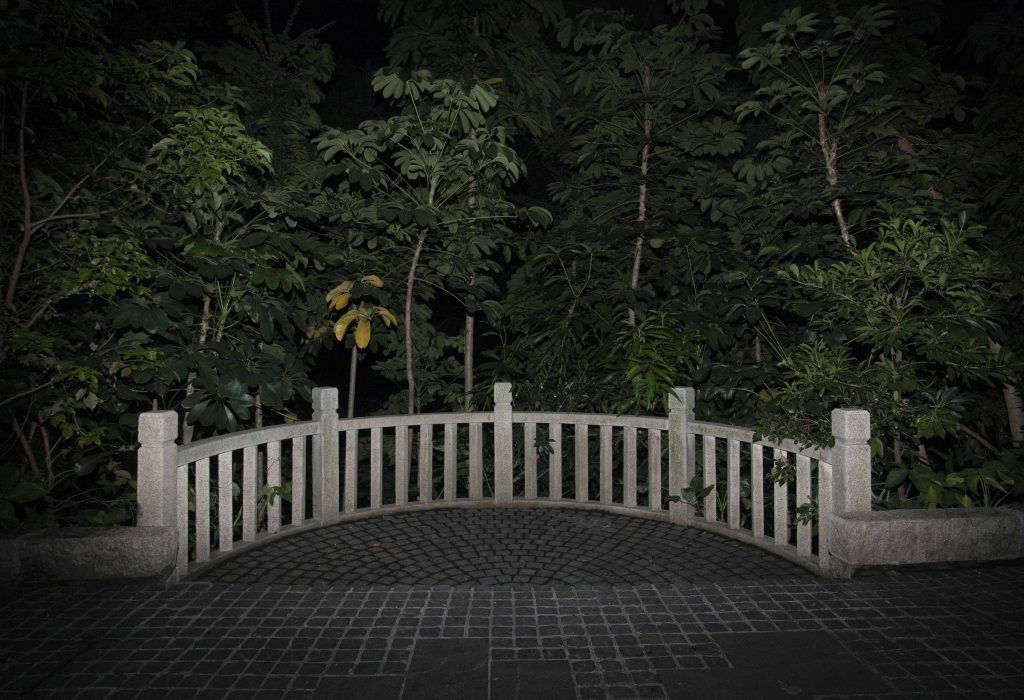
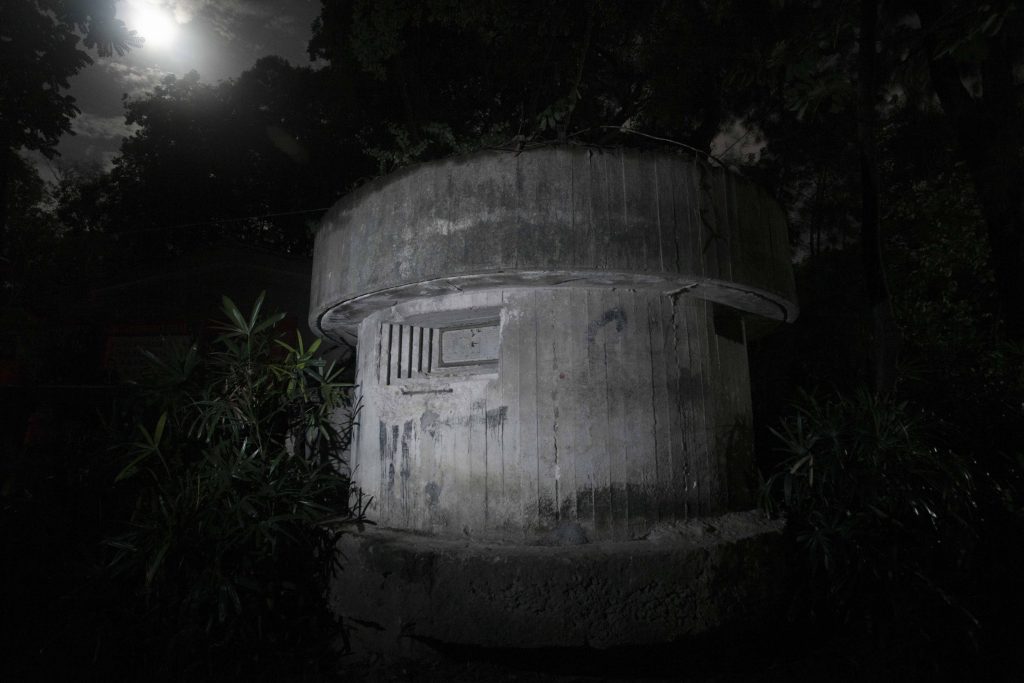
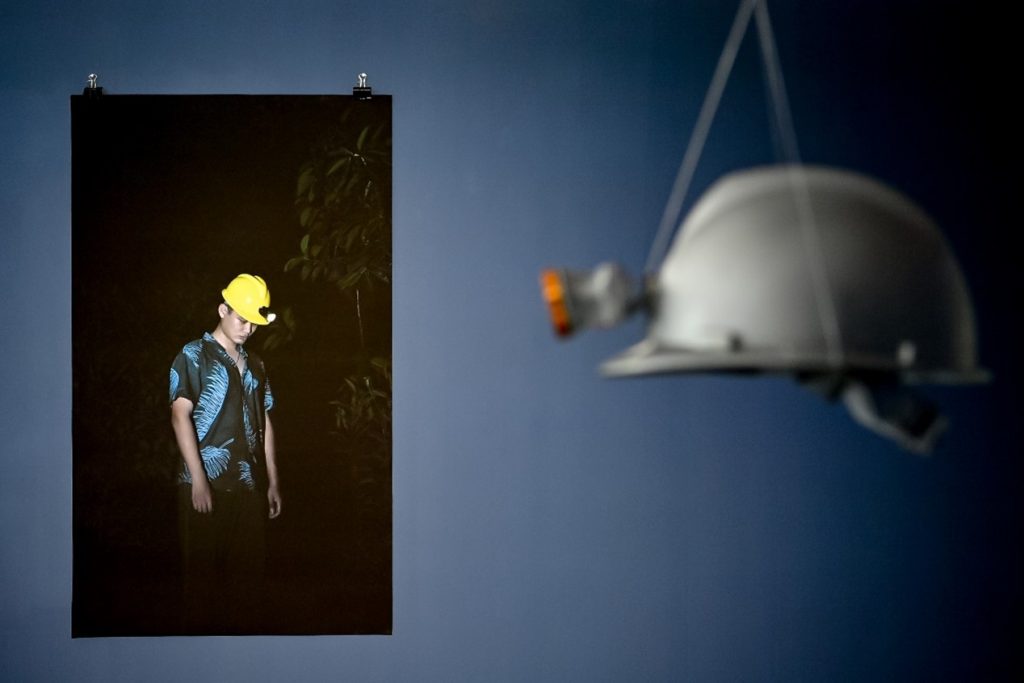
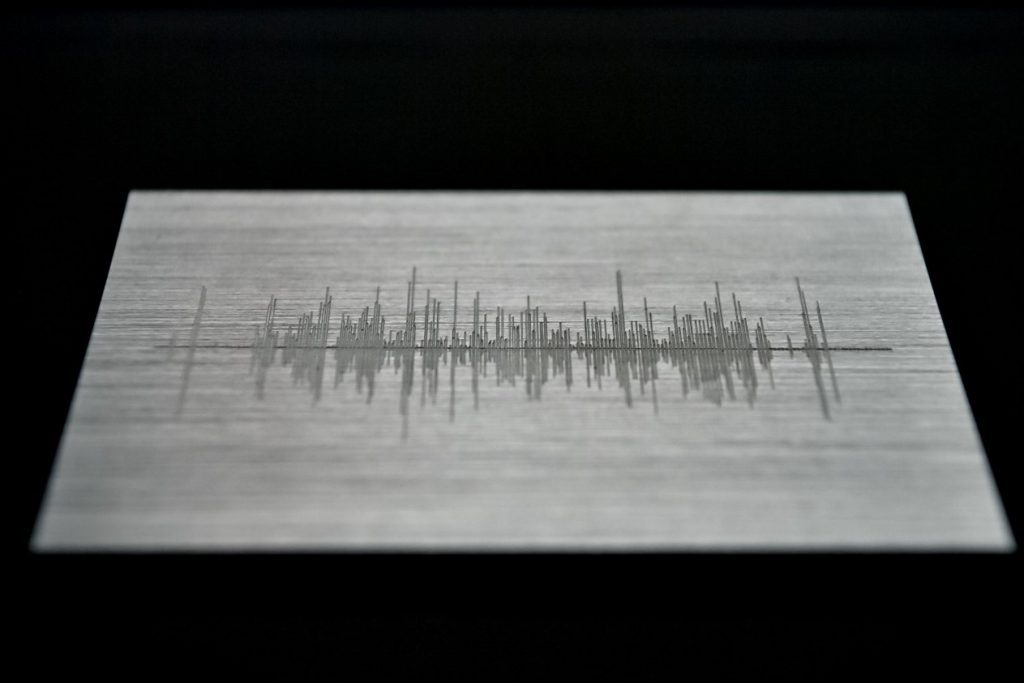
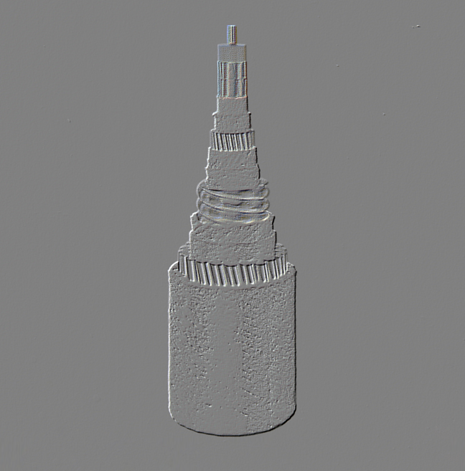
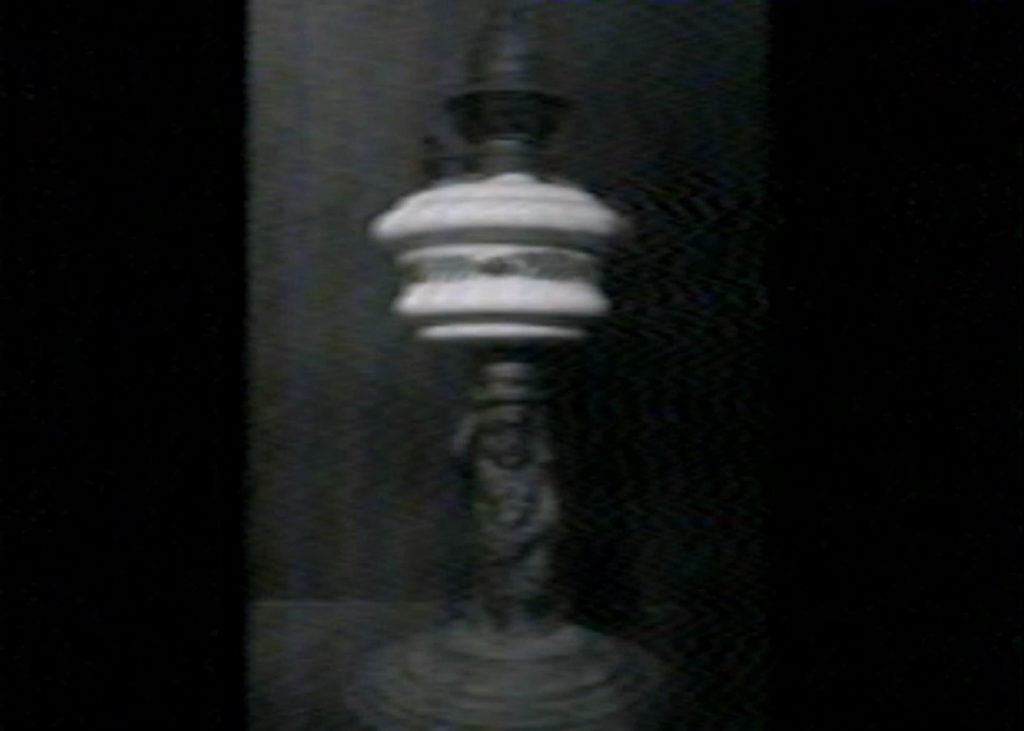
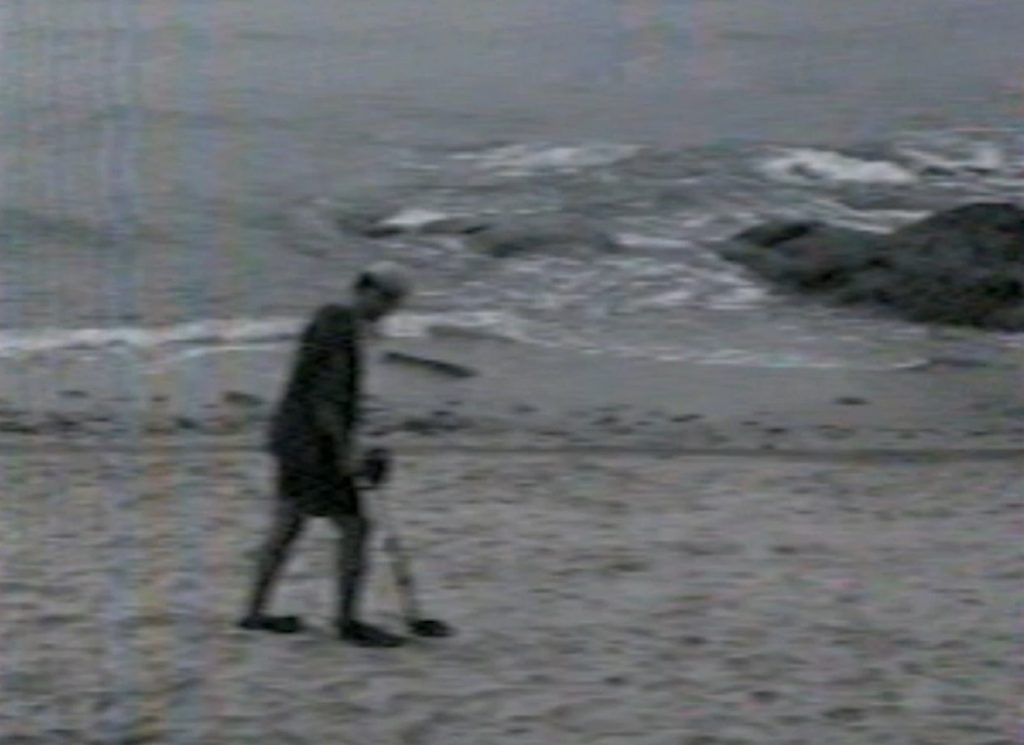
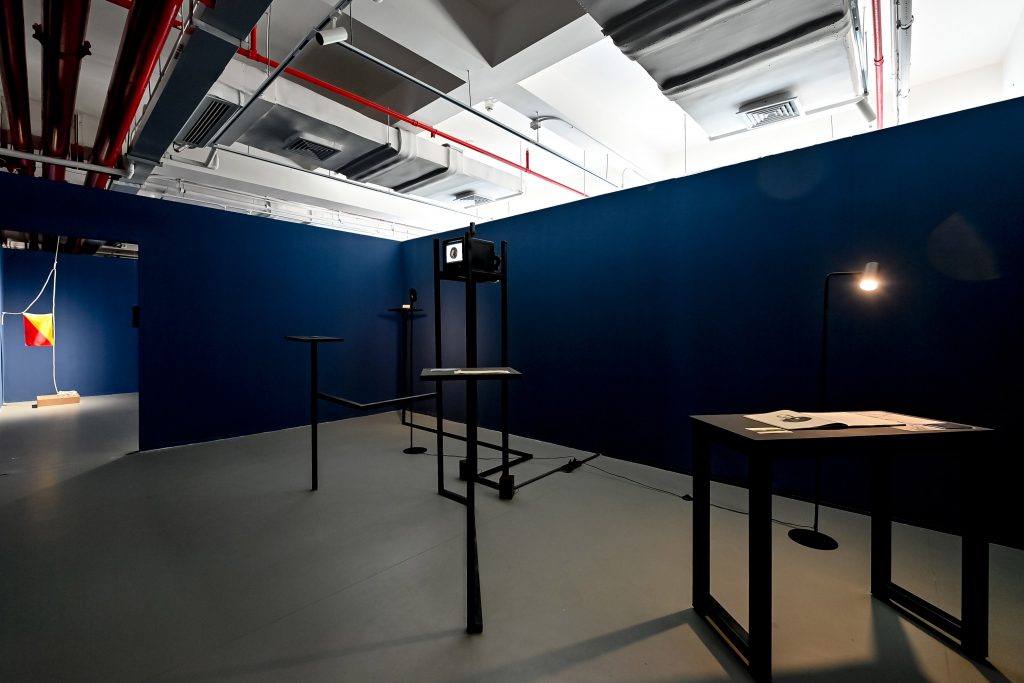
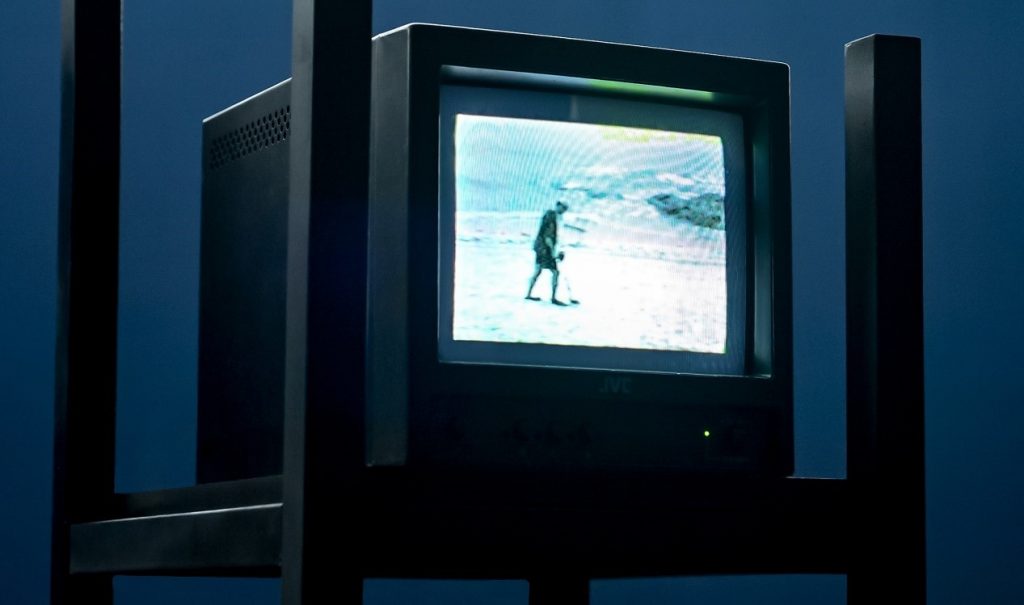
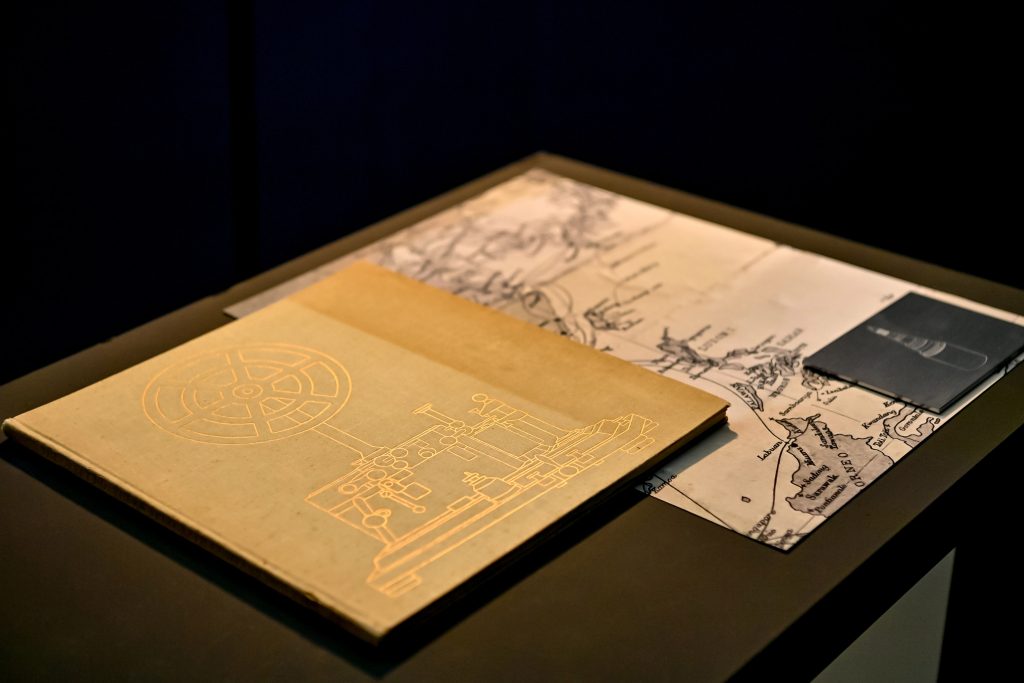
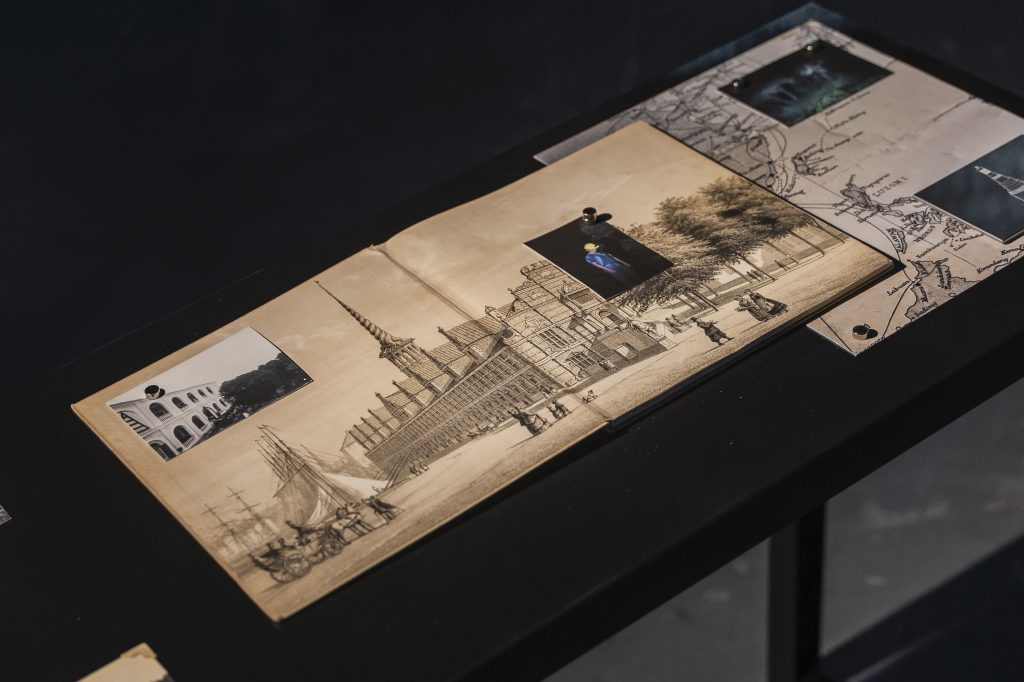
Installation view at “Postscript of Silence”, McaM, 2023, photo: JLW Studio,Courtesy of the artist
